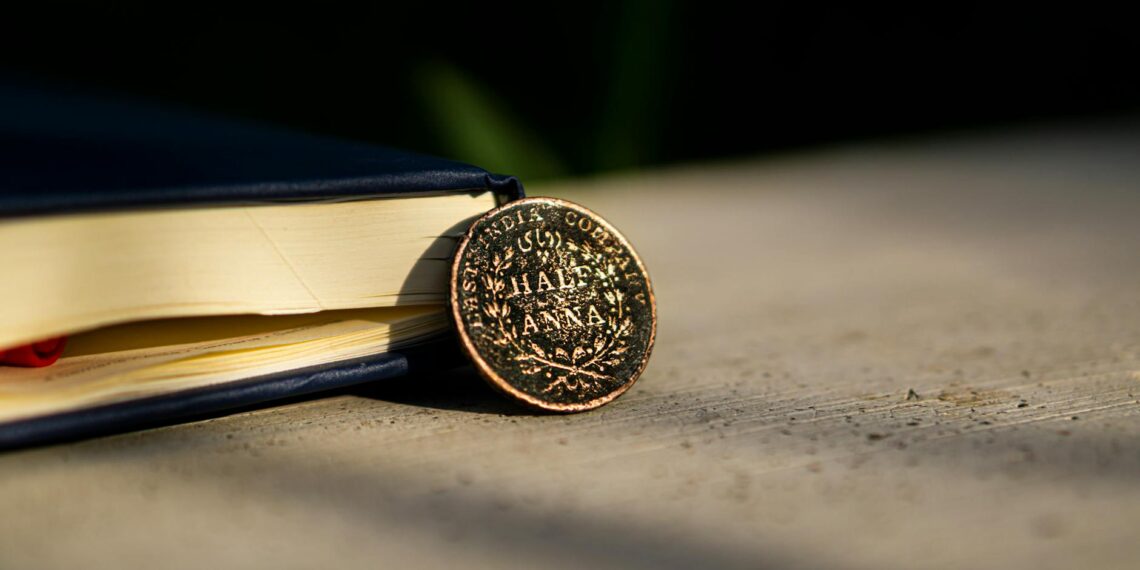In numismatics (coin collecting), a mint mark is a small letter or symbol that indicates the location where a coin was produced.
Here’s why they are important:
- Identifying the minting location: Mint marks help trace a coin’s origin to a specific mint facility.
- Quality control: Historically, mint marks helped hold mints accountable for the quality, weight, and size of the coins they produced.
- Determining rarity and value: Coins struck at mints with lower production numbers are often rarer and more valuable to collectors. For example, coins with the “CC” mark from the Carson City Mint are highly sought after due to the mint’s limited operations.
- Historical Significance: Mint marks connect a coin to its history. Coins from historic or now-closed mints like New Orleans (O) or Carson City (CC) often carry extra value for collectors.
Currently, four U.S. Mints produce coins: Philadelphia, Denver, San Francisco , and West Point.
- P: Philadelphia, Pennsylvania
- D: Denver, Colorado
- S: San Francisco, California
- W: West Point, New York
Other significant mint marks
- C: Charlotte, North Carolina (1838-1861, gold coinage only)
- CC: Carson City, Nevada (1870-1893)
- D: Dahlonega, Georgia (1838-1861, gold coinage only)
- O: New Orleans, Louisiana (1838-1861, 1879-1909)
- M: Manila, Philippines (1920-1922, 1925-1941, an official U.S. Mint overseas)
Mint mark locations vary depending on the specific coin and year. They can be found on either the obverse (front, or “heads” side) or the reverse (back, or “tails” side) of the coin.
Important Notes:
- Most coins minted in Philadelphia historically did not have a mint mark, with some exceptions like the Susan B. Anthony dollar and wartime Jefferson nickels. However, since 1980, all coins minted there (except cents) have a “P” mint mark.
- Between 1965 and 1967, no mint marks appeared on circulating coins to discourage collecting during a coin shortage.
- In recent decades, the San Francisco Mint and West Point Mint have primarily produced collector coins, though they have also contributed to the production of modern coinage.
- Mint marks on medals are not as common as on coins, and the location can vary depending on the design.









What are the 9 mint marks on coins?
Great question! Philadelphia (PA) Mint mark “P” Coinage years 1793 to date. …
Denver (CO) Mint mark “D” Coinage years 1906 to date. …
West Point (NY) Mint mark “W” …
San Francisco (CA) Mint mark “S” …
Carson City (NV) Mint mark “CC” …
New Orleans (LA) Mint mark “O” …
Charlotte (NC) Mint mark “C” …
Dahlonega (GA) Mint mark “D”
How to tell if a coin is supposed to have a mint mark?
Mint marks are tiny little letters generally printed to the right of the figurehead on your coin. (On many coins, this is also right near where the date is printed.) You may see a D, S, P, or even nothing at all. Finding different letters on coins printed in different years may denote value.
What mint marks are worth money?
Good point! Valuable U.S. mint marks include “CC” for Carson City, known for its low production and high value, “S” for San Francisco, especially for proof coins, and “W” for West Point, often seen on modern bullion and commemorative coins.